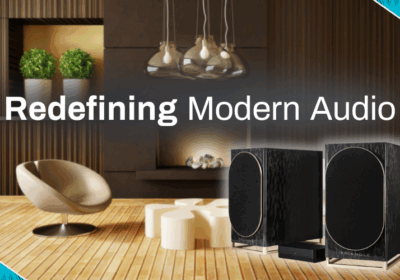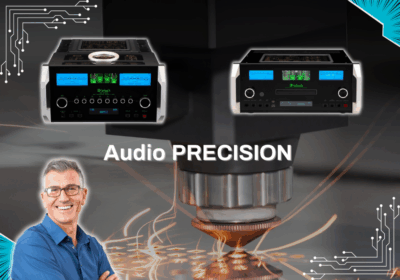Today, the inclusion of a built-in phono stage in most amplifiers mirrors the resurgence of vinyl enthusiasts. Contrastingly, two decades ago, amplifiers with such a feature were a rarity rather than the norm.
So, what is a phono stage and why do you need one?
We are all familiar with conventional amplification – we feed a low-level signal from a CD player, tuner, streamer etc. and the amplifier boosts that signal to a level sufficient to drive a pair of loudspeakers. The output for a CD player for example is around 2V, nowhere near enough power to drive a pair of speakers, so it needs a significant boost.
However, the output voltage of phono cartridges is significantly lower than conventional sources – 3-6mV for moving magnet cartridges and around 1 to 1.5mV for moving coil cartridges (although some output even less than this). So, if we are going to boost the output of a turntable to that of other sources we need additional amplification. Welcome to the world of phono pre-amps.
If your existing amplifier does not have a dedicated phono input, and you want to play vinyl you are going to need to purchase an external phono pre-amplifier (or buy a turntable with a phono stage in-built – more on that later).
If my amplifier has an in-built phono-stage why would I consider an external unit?
There are several amplifiers that feature very high-quality phono stages, but these are few and far between. In the majority of cases the phono stage in an integrated amplifier or receiver is mediocre at best, and it does not cost much to improve on them. A case in point would be the Musical Fidelity V-90LPS. At $550 this small phono stage would outperform the phono stage built into most amplifiers. And this is just the start. Again using Musical Fidelity as an example, they currently sell phono stages from $550 through to $3,675, and we are just about to receive their NuVista Vinyl2, a hefty piece of kit that features a NuVista valve stage, weighs in at 22kg and sells for $6,200. Just how far should you go in selecting an external phono stage? – this is going to depend on the rest of your system, and just how critical your phono listening is.

But my turntable already has a phono stage?
While there are a handful of amplifiers that feature very good phono stages the same does not apply to turntables – they are universally second rate. This is a convenience factor only – saving the additional hardware and costs required to connect the turntable to an amplifier that does not have a phono-stage. There is no pretention to performance, which is why almost all turntables with built-in phono stages are relatively inexpensive.
Will you hear the difference? – absolutely (and if you don’t, we will take it back!)
So why is an external phono stage superior?
There are a couple of reasons, the most obvious being the genre itself. A phono stage is designed and built with one goal in mind – to extract the best it can out of the signal fed to it. It is not simply part of the bigger picture. And it must compete with other manufacturers in a very competitive marketplace.
There are also advantages brought about by the design. As I have mentioned the voltage from a turntable is very low, and therefore subject to interference from other componentry. If built into an amplifier it is difficult to shield the phono stage from the electronics that surrounds it, particularly if that amplifier also features a digital stage (i.e. built-in DAC etc.). A dedicated phono stage has its own chassis – with no additional electronics other than what is required to complete the task on hand. It also features its own dedicated power supply – a small factor, but one that can have a noticeable impact.
If you, like so many others, are enjoying the benefits of vinyl and would like to improve on that a dedicated external phono stage may just be the answer.




